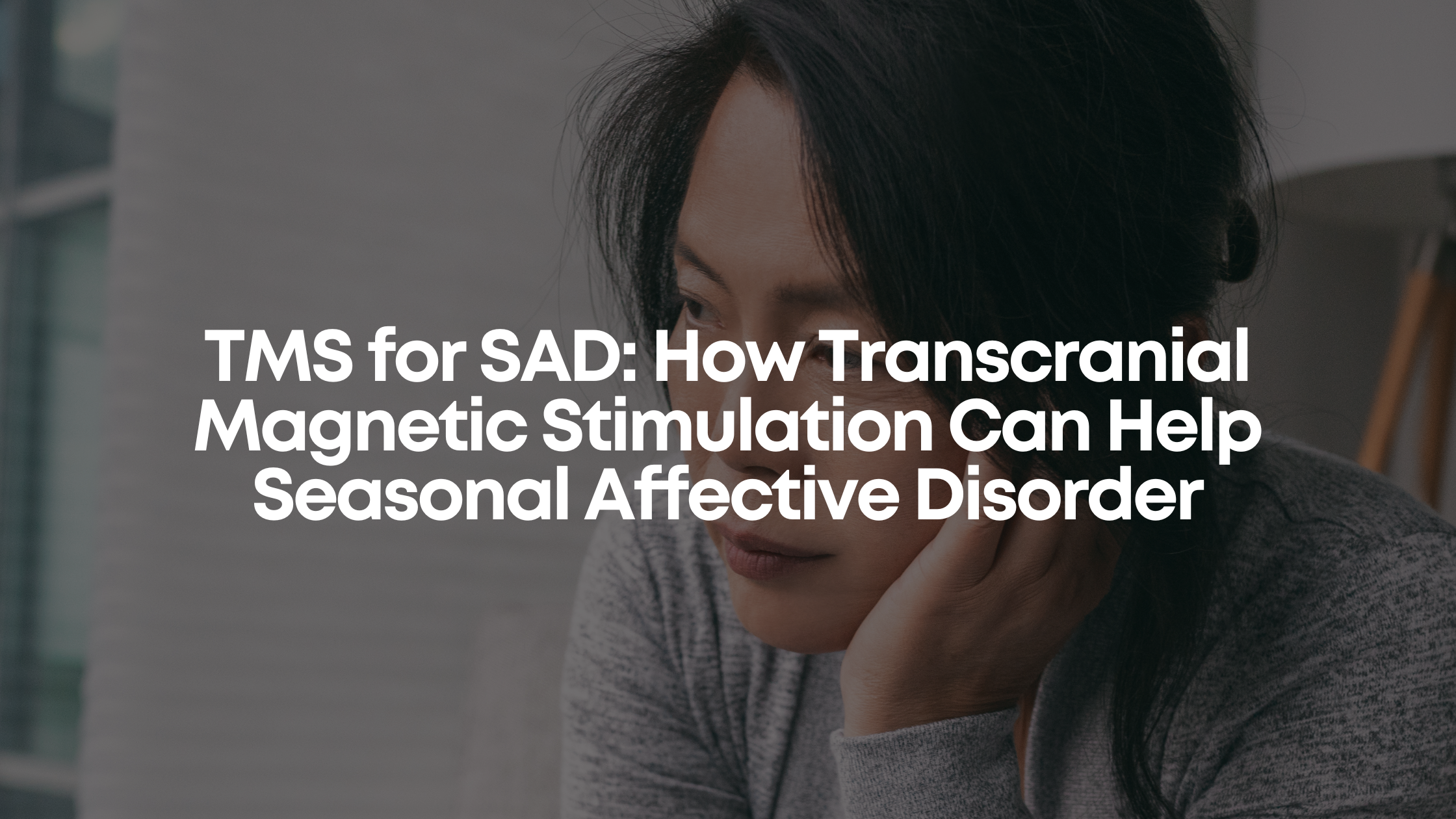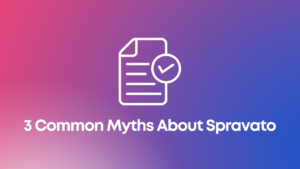As the fall and winter months arrive, some people experience a form of depression known as seasonal affective disorder (SAD). The lack of sunlight during cooler seasons can severely worsen symptoms of depression. While light therapy lamps, medication, and lifestyle changes may help, they aren’t always enough. For those struggling with difficult-to-treat seasonal depression, transcranial magnetic stimulation (TMS) offers new hope. This blog post explores how TMS works, its advantages over other options, and why it’s worth exploring if SAD is interfering with your life. Let’s dive into how TMS for SAD works.
How the Changing Seasons Impact Mood
Most people feel a little more sluggish and melancholy when daylight hours decrease. But at least 10 million Americans struggle with full-blown SAD between September and April. What causes the seasonality of depression? Scientists point to several biological factors:
- Lack of sunlight disrupts circadian rhythms and melatonin levels, making it harder to sleep and wake up at regular times. Keeping a consistent schedule is key for mental health.
- Shorter days mean less sun exposure, reducing vitamin D production. Vitamin D regulates neurotransmitters implicated in depression like serotonin.
- Changes in temperature and barometric pressure may alter brain chemistry. Cooler weather and latitudes correlate with elevated risk of mood disorders.
- Feelings of isolation increase in colder months when people spend less time outside socializing. Loneliness and disconnection can worsen depression.
Managing Seasonal Depression
If you notice your mood significantly worsening in the fall and winter, there are self-care habits that can help:
- Use a sunlamp for 30 minutes per day, preferably when you first wake up. The light mimics sunshine to regulate circadian rhythms.
- Exercise outside daily and take frequent walk breaks during work to get fresh air and movement. Physical activity boosts serotonin and endorphins.
- Take vitamin D supplements to compensate for less sun exposure. Talk to your doctor about dosage.
- Maintain a regular sleep-wake schedule, limiting naps to 30 minutes maximum. Keeping rhythm is crucial.
- Make plans with friends and family indoors to stay socially engaged. Loneliness often intensifies SAD.
- Try to wake up earlier so you get sunlight first thing. Light signals the brain to feel alert and upbeat.
- Ask your doctor about starting an antidepressant like an SSRI as seasonal depression sets in.
However, lifestyle adjustments don’t always sufficiently treat seasonal depression that’s become severe. The symptoms of low mood, fatigue, disrupted sleep, loss of interest in normal activities, and changes in appetite/weight may persist. That’s when TMS can help where other options have failed.
How TMS May Provide Relief: TMS For SAD
Transcranial magnetic stimulation is a revolutionary antidepressant treatment that stimulates mood-regulating areas of the brain with electromagnetic pulses. It has few side effects and doesn’t require sedation or medication. TMS can be an effective approach for stubborn depression that hasn’t responded to drugs, light therapy, or other interventions.
Here’s why TMS is so promising for seasonal affective disorder:
- It directly targets the dorsolateral prefrontal cortex, which handles executive functions impaired in depression like motivation and concentration. Restoring DLPFC activity can ease depressive symptoms.
- It may stimulate production of serotonin, norepinephrine, and dopamine, correcting chemical imbalances causing seasonal depression.
- It requires no pharmaceuticals, making it a drug-free antidepressant option. Pills can cause troublesome side effects.
- A standard course takes 6 weeks, providing rapid relief compared to medications that can take many weeks to work. Faster results can be especially helpful navigating the stressful holidays.
- It utilizes electromagnetic fields similar to an MRI machine. The technology is non-invasive and no sedation or anesthesia is required.
- Patients can resume normal activities right after 20-40 minute daily sessions. Treatments fit conveniently into a workday schedule.
For patients with moderate to severe seasonal depression who get limited or unsustained benefit from traditional treatments, TMS is something to discuss with your psychiatrist or doctor. Clinical trials have found it can outperform light therapy, antidepressants, and placebo for difficult-to-treat seasonal affective disorder.
Don’t Let the Winter Blues Become Depression: Learn About TMS for SAD
As the leaves turn golden and temperatures drop, take steps to care for your mental health in the colder seasons. Maintaining regular schedules, staying active, booking social events, and utilizing sunlamps can keep mood stable. But if feeling down turns into depression, consider transcranial magnetic stimulation. TMS directly targets the neural circuits regulating mood and motivation with minimal side effects. Say goodbye to the winter blues and hello to feeling like your usual self this fall. Your sunny disposition is waiting to be rediscovered, even on the darkest days.
Get in touch with Psyfit TMS to learn more about TMS for SAD, and how TMS can help treat seasonal depression. Contact info@psyfitms.com or visit our website today.


